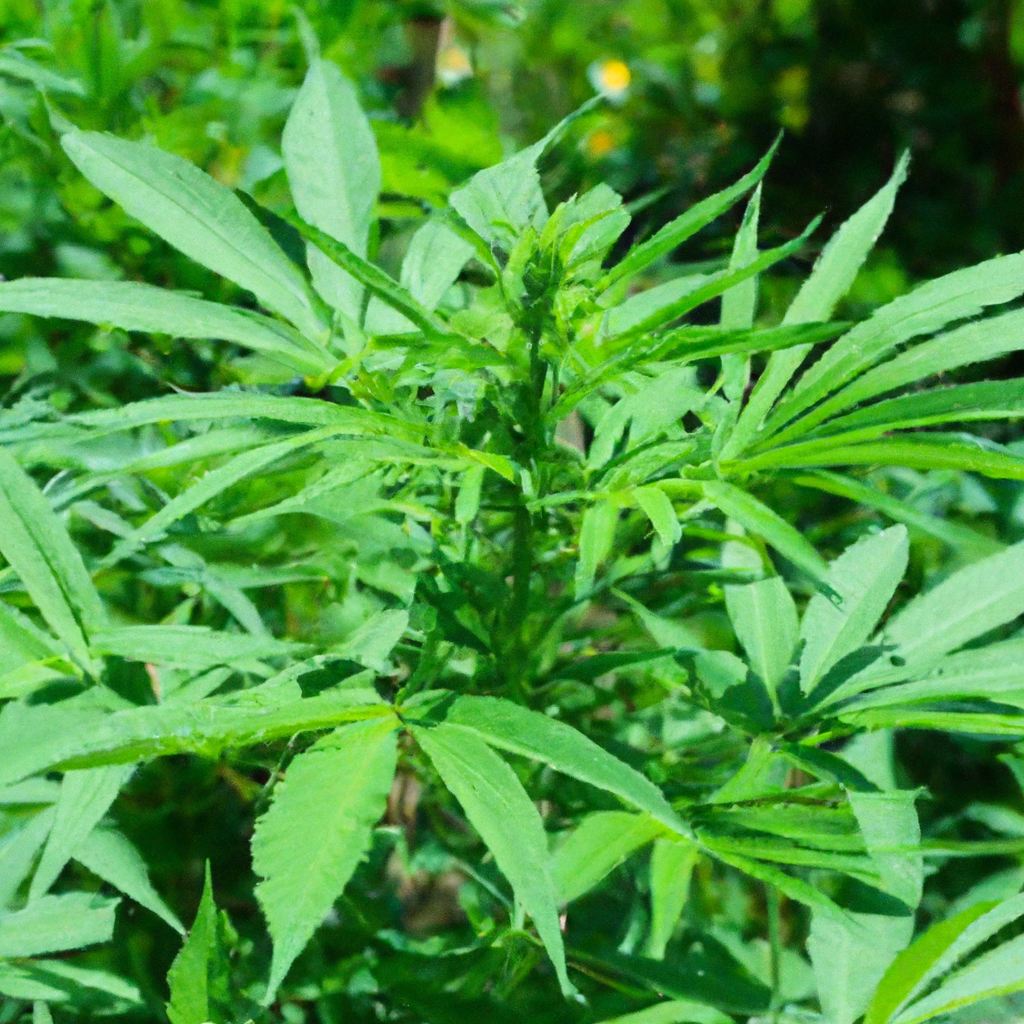John “Magic” Greenleaf
“Growing greatness, one strain at a time.”
Introduction
As cannabis cultivation expands, the ecological impacts of agricultural practices are more scrutinized than ever. Integrating natural pollinators into cannabis farming offers a sustainable pathway, enhancing both yield and quality while benefiting the local ecosystem. Join me, John “Magic” Greenleaf, on a journey to discover how these tiny allies can transform your grow space.
Understanding Natural Pollinators
Pollinators, such as bees and butterflies, play a crucial role in the reproduction of flowering plants. While cannabis is typically wind-pollinated, introducing select pollinators can enhance genetic diversity, resilience, and plant health. Here’s why they matter:
- Increased Biodiversity: Attracting a variety of pollinators can lead to a more diverse and resilient ecosystem.
- Enhanced Resin Production: Some growers report increased resin and terpene levels due to the presence of certain pollinator-friendly plants nearby.
- Natural Pest Control: A biodiverse garden can naturally keep pests in check, reducing the need for chemical pesticides.
Steps to Integrate Pollinators in Your Grow
- Plant Pollinator-Friendly Species: Surround your cannabis with companion plants like lavender, sunflowers, or echinacea, known for attracting bees and butterflies.
- Avoid Pesticides: Use organic pest control methods to avoid harming beneficial pollinators visiting your garden.
- Create Habitats: Add features such as bee hotels or small water dishes to encourage pollinators to stay and thrive.
Real-World Success: Mimi’s Eco-Friendly Grow
Take the example of Mimi’s micro-grow in Boulder, Colorado. By introducing a mix of native plants and minimizing pesticide use, Mimi reported a 15% increase in her cannabis yield, attributed to enhanced pollinator activity around her grow site. This small yet impactful change improved not only her output but also the health and sustainability of her cultivation practices.
Conclusion
Natural pollinators offer more than just the promise of sustainability—they pave the way for healthier plants and robust yields. As cannabis cultivators, we must embrace the lessons nature offers us, optimizing our methods for both the plant and the planet. Remember, “Healthy roots, healthy buds, happy harvests.” Start embracing pollinators today for a greener, more resilient grow.


Leave a Reply